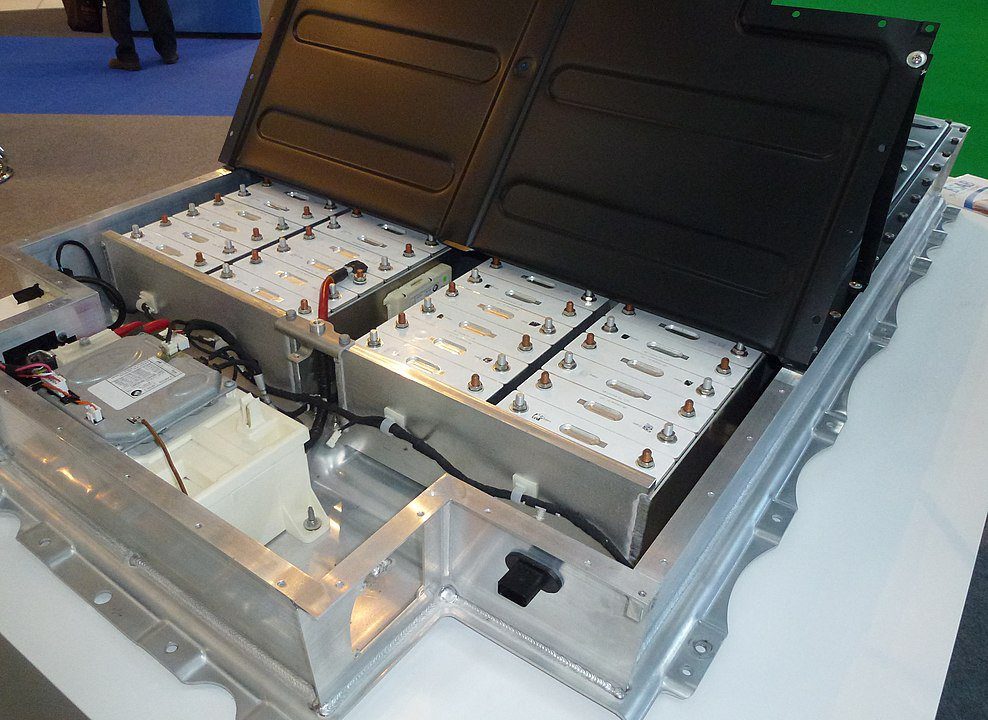


The growing dependence on batteries in different industries requires advancements in diagnostics to guarantee the high-performance and quality of related products. Reliable battery testing can help to increase the reliability of batteries, make it easy to identify anomalies and avoid catastrophic failures.
To get high-quality batteries and value, it is prudent to understand how they work and their importance. Keep reading to understand the common testing methods used by the common battery load testers.
Batteries are like living organisms, implying that testing can only be estimated to different accuracy levels. Notably, rapid-testing testing technologies for batteries have been lagging behind other technologies, but the emerging demand for batteries, especially in research facilities and electric car industries has boosted research in the sector.
Battery load testers are electronic equipment for checking the state of electric batteries. They are used to check the charge present in the cells, voltage output, and capacity for accumulating charge. The test methods and their complexity vary depending on the nature of the battery and the testing equipment. For example, battery capacity estimation through interpreting chemical batteries is more complex compared to digital monitoring using coulomb count.
When selecting a battery testing system, it is important to go for the model that provides more than the voltage and internal resistance. In addition, you want to check a battery load tester or lithium-ion battery testing equipment that can also predict the end of life. For example, you should be able to answer the question, “What is the end of life of the new electric car battery?”

1. Voltage
The voltage of a battery indicates the state-of-charge when connected in an open circuit condition. It is an important parameter in battery testing because many electrical and electronic devices are designed to work with specific voltage levels. However, voltage alone cannot be used to tell the overall state-of-health of a battery.
2. Ohmic Resistance Test
Ohmic resistance test also referred to as impedance test, is used to assess the internal resistance of a battery. The test is done by applying an AC current signal and then checking the AC voltage drop. This test is very useful in identifying corrosion, mechanical defects in a battery, and predicting the end of life.
3. Read-and-Charge (RAC)
If you get a battery load tester with RAC technology, it implies that it can read the state-of-life of the battery by applying filtering algorithms. To use RAC, you need a one-time calibration for every battery model.
4. State-of-Life
The state-of-Life indicator assesses the battery life by evaluating the total coulombs that a battery is able to deliver in its life. Most new batteries start at 100% and then decreases with time until the need for replacement becomes imminent.
The best battery testing system is the one that combines different methods to allow you to check the voltage, state-of-health, and battery life. Consider working with the best manufacturers, such as ARBIN Instruments, that have cut a name for supplying high-quality equipment.
